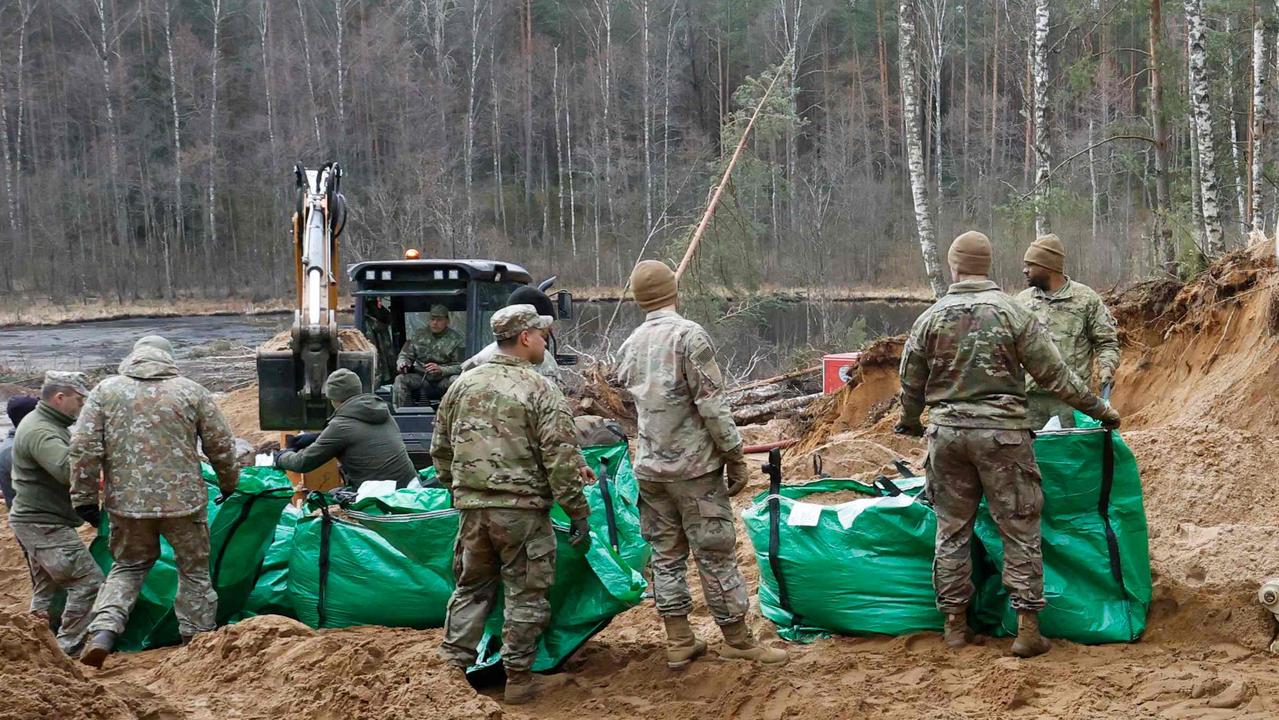Satellite photos reveal China’s massive fields of new ballistic missiles
A new batch of orbital images of China have revealed an alarming development in the remote reaches of the superpower’s sprawling landscape.

China has committed itself to building massive fields of new ballistic missiles. And many of them could contain a new, unstoppable nuclear warhead.
The Federation of American Scientists (FAS) had just released a new batch of orbital images when the US Pentagon dropped a bombshell.
“The accelerating pace of the (People’s Republic of China’s) nuclear expansion may enable the PRC to have up to 700 deliverable nuclear warheads by 2027. The PRC likely intends to have at least 1000 warheads by 2030.”
What the photos don’t show is the latest advance in China’s hypersonic delivery systems.
Beijing already has several intermediate-range ballistic-launched gliders capable of carrying nuclear warheads. But, in August, it tested a new type that could sit in orbit – waiting for orders to drop back into the atmosphere and weave its way down to a target.
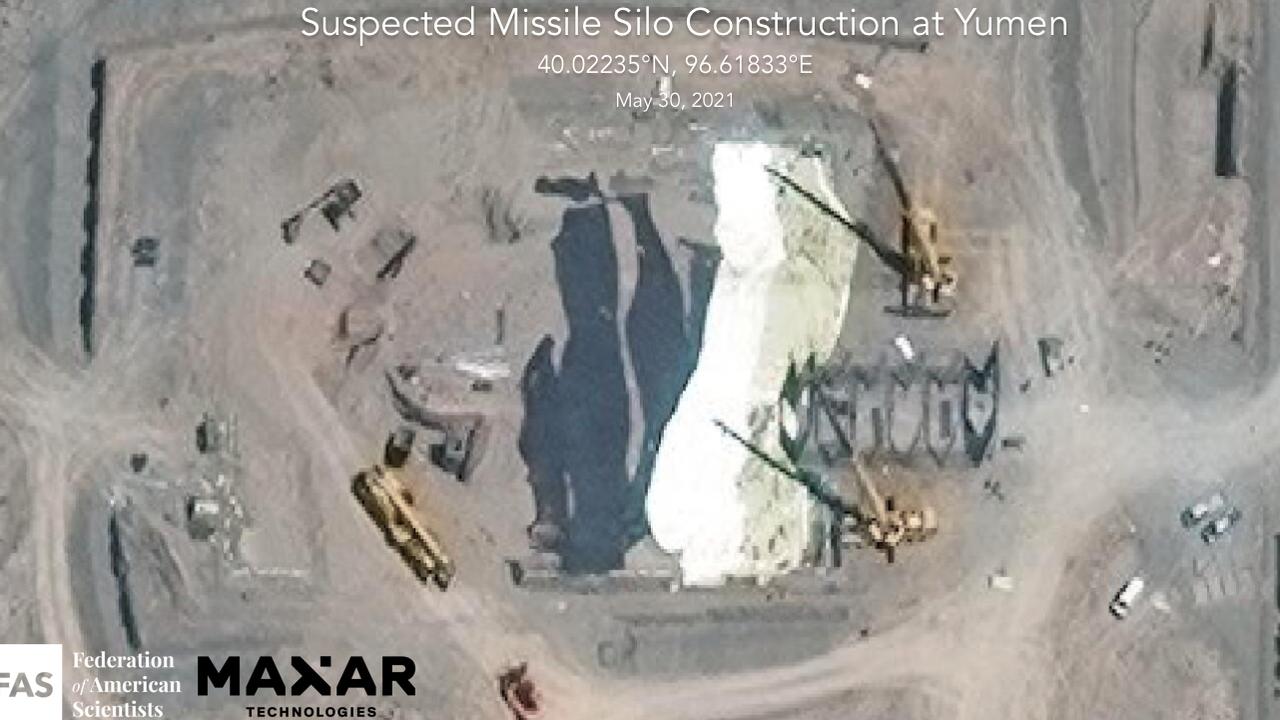
“The PRC is investing in, and expanding, the number of its land, sea and air-based nuclear delivery platforms and constructing the infrastructure necessary to support this major expansion of its nuclear forces,” the report adds.
It confirmed FAS observations that much of the work was focused on three large missile silo fields.
Precisely what those concrete and steel bunkers may eventually protect has the US Chairman of the Joint Chiefs of Staff, General Mark Milley, worried.
“What we saw was a very significant event of a test of a hypersonic weapon system, and it is very concerning,” General Milley said earlier this week.
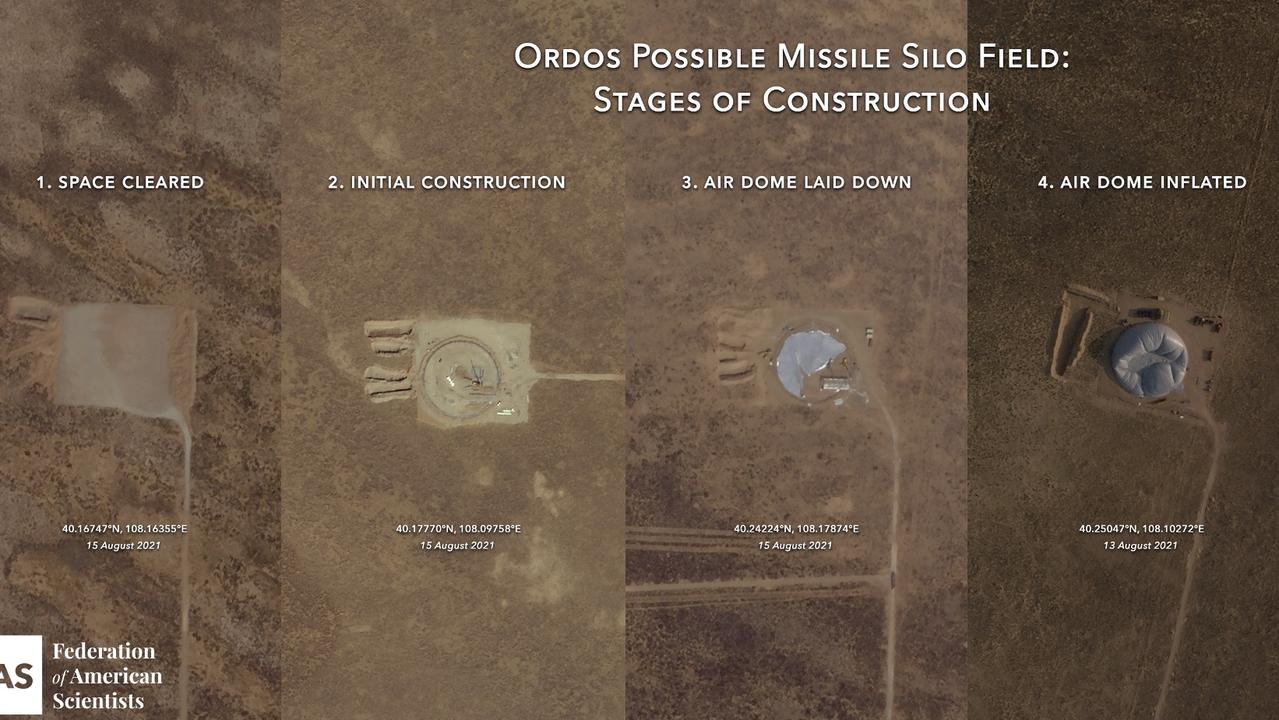
“We’re witnessing one of the largest shifts in global geostrategic power that the world has witnessed, and it only happens once in a while. I don’t know if it’s quite a Sputnik moment, but I think it’s very close to that.
“And it has all of our attention.”
Nuclear Proliferation
Beijing has been quick to accuse a new technological agreement between Australia, the United Kingdom and the United States (AUKUS) of being an act of “nuclear proliferation”. It was referring specifically to the use of nuclear power plants in Australia’s proposed next-generation submarines.
It didn’t mention that a sharp increase in its own nuclear arsenal was already well underway.
In 2020, the Pentagon said China’s nuclear force was in the “low 200s”.
A year later, it has dramatically boosted its estimates.
The new figures don’t yet put Beijing in the same league as Washington. The US possesses some 3750 nuclear weapons. That’s down from some 10,000 in 2003.
But China’s ability to deliver its warheads where it wants, when it wants, may soon be significantly ahead of the West.
“The PLA is developing the capabilities to conduct joint long-range precision strikes across domains, increasingly sophisticated space, counterspace, and cyber capabilities, and accelerating the large-scale expansion of its nuclear forces,” the report adds.
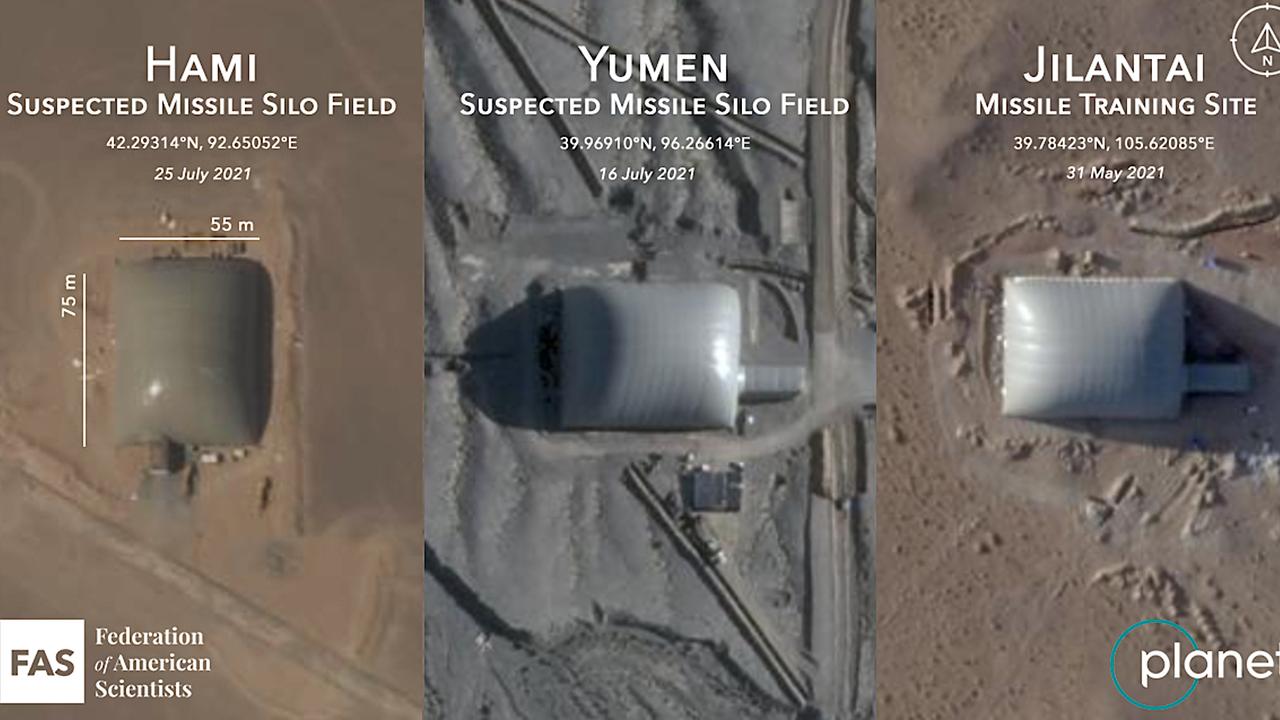
“The PRC is developing new intercontinental ballistic missiles (ICBMs) that will significantly improve its nuclear-capable missile forces and will require increased nuclear warhead production, partially due to the incorporation of multiple independently targetable re-entry vehicle (MIRV) capabilities. The PRC has commenced building at least three solid-fuelled ICBM silo fields, which will cumulatively contain hundreds of new ICBM silos.”
Silos in the Sand
This year, commercially available satellite photos exposed Beijing’s efforts to build 300 new armoured, underground missile silos in its most remote provinces.
Combined with more than 100 mobile launchers, it will represent a dramatic shift in the balance of power when completed.
It’s a secretive and sensitive project.
The Chinese Communist Party has neither confirmed nor denied the project.
“Our analysis of hundreds of satellite images over the past three years of the suspected missile silo fields and the different facilities that are under construction at each of them have increased our confidence that they are indeed related to the PLA (Rocket Force’s) modernisation program,” the FAS says.
It’s been pouring over photos from sources including Planet Labs and Maxar Technologies on an almost weekly basis.
“We have observed almost weekly progress in the construction of suspected silos as well as discovered unique facilities that appear intended to support missile operations once the silo fields become operational.”
This includes underground command-and-control headquarters, maintenance bases and fuelling facilities.
It also has identified several types of large, inflatable shelters used to encase each silo construction site. These both keep the work away from prying eyes and protect the concrete and sensitive equipment from the desert climate.
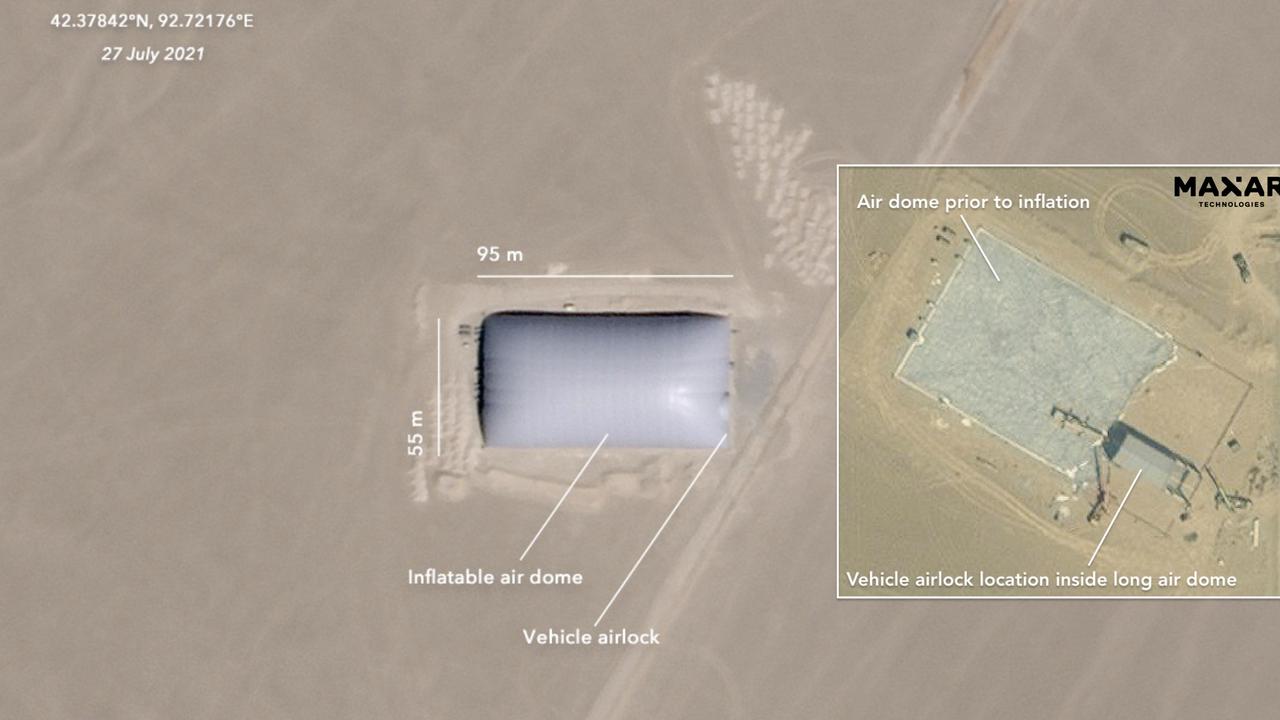
“Several shelters over suspected silo construction sites have now been removed,” the FAS report reads. “The new satellite images show features that reaffirm that the sites appear to be silos in various stages of construction.”
The Pentagon says this is clear evidence that Beijing has accelerated its nuclear weapons program. It adds that the projected number of 1000 warheads is the maximum number capable of being made from China’s available stocks of plutonium.
“The apparent missile silo fields are still many years away from becoming fully operational, and it remains to be seen how China will arm and operate them,” the FAS report concludes.




